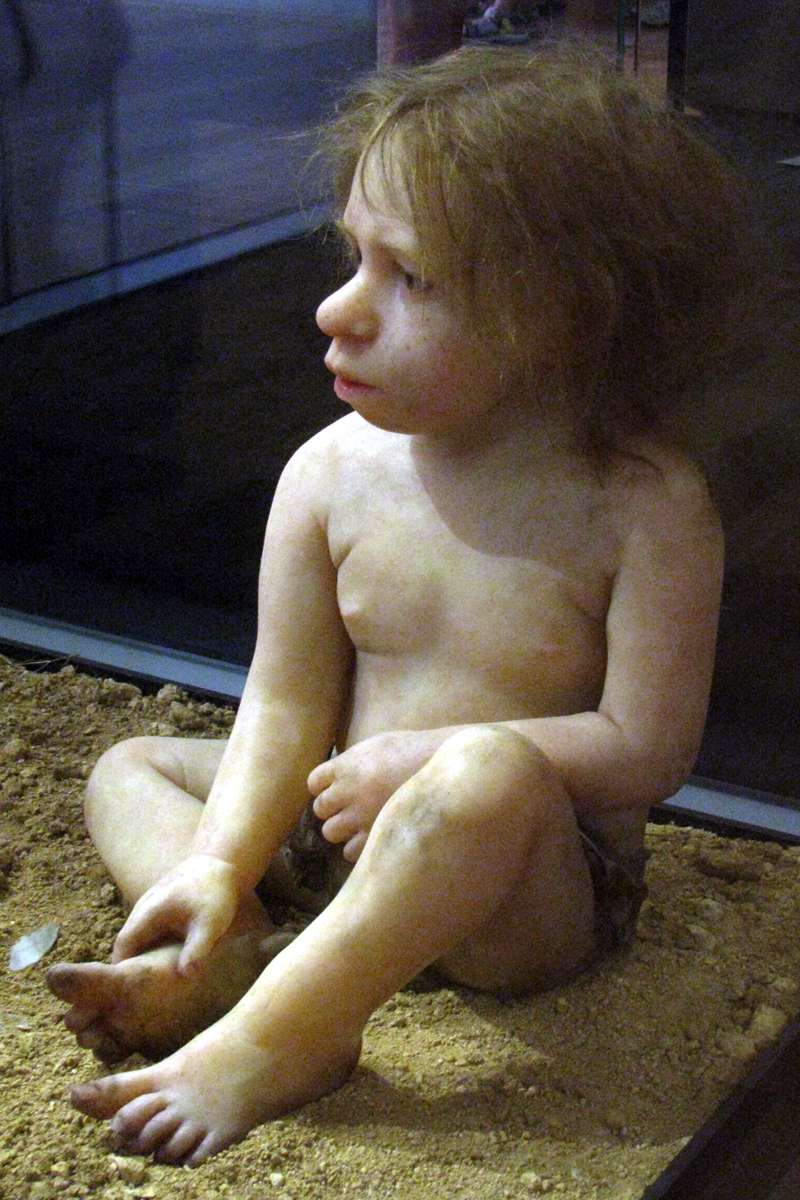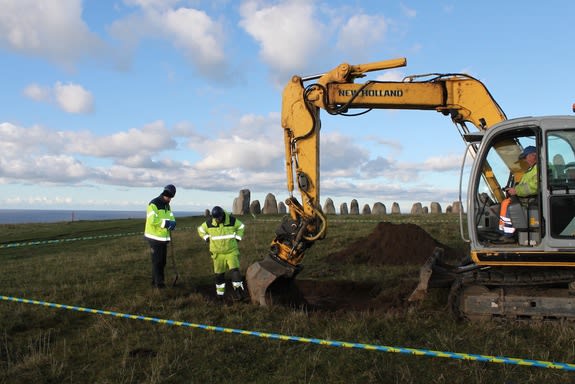 In 2007 a wonderful thing happened to author Ben Kane and to readers of Roman era historical fiction, he landed himself a book deal.
In 2007 a wonderful thing happened to author Ben Kane and to readers of Roman era historical fiction, he landed himself a book deal. It was the jumping off point for a succesful, long lasting career that has seen him publish six books to date (with another due out in 2013) and become a Top Ten Bestselling Author. A terrific accomplishment for a young man with many decades of career ahead of him if he chooses to keep writing, and a dream come true for an author who began his post academic life as a seasoned traveller, an avid lover of history and a fully qualified Veterinarian.
After a few fateful choices in regards to work, Ben Kane was able to combine two of those great loves, travelling and history, with writing for other people and it has launched him into a highly enriching, fresh new career as an author of historical fiction.
His first book , The Forgotten Legion (2008), a story set predominantly around Rome and the lives of four major characters, was followed up with two more books, The Silver Eagle (2009) and The Road to Rome (2010), to make it a trilogy that cemented Ben Kane's career as a serious author of historical fiction.
In 2011 Ben Kane successfully undertook to bring to life the incredible stories and events of the Second Punic War with Hannibal: Enemy of Rome. Currently Ben has the second book in this series (Hannibal: Fields of Blood) at the editors and is about to wet some ink on the start of book three in this Hannibal series.
A highly inspired and ambitious author, Ben Kane released another new series in 2012, the Spartacus series which began with Spartacus: The Gladiator and was soon followed by a sequel, Spartacus: Rebellion.
He has certainly been a busy man and although he is even busier than normal right now with training for a late April/early May charity walk, The Hadrian's Wall Romani Walk, with fellow notable authors Anthony Riches and Russell Whitfield, Ben was kind enough to steal a moment to sit and do this short blog interview.
Do you think it's important to be as historically accurate as possible in a HF book?
When I first started out as a novelist, I had a slightly cavalier attitude to this. That is something that has changed entirely in the 5 years since. I now do my utmost to be accurate. If there are really bad historical bloopers in a book I read, it puts me right off. Therefore I try not to do the same myself.
You were a career Veterinarian. What inspired you to try writing as a career? And do you miss being a Vet?
Utter desperation one night when I was ‘on call’. I got called out so many times one Saturday night that I came home at about 1 a.m. and made an oath that I would not be doing the same thing when I got to 40. I started writing that night. At the time, I was 33. I gave up veterinary medicine at 38.
Do I miss being a veterinarian? Like a hole in the head. No, seriously, I miss the (nice) animals, and my dedicated clients. I don’t miss them that much, however. I love my job as a writer ten times more than I ever loved being a vet.
How important is social media to your advertising? And is it more or less useful than traditional advertising?
It’s important, but not that important. I think traditional advertising is still quite effective – billboards, ads in bookshops and supermarkets that sell books. What social media is most useful for is contact with readers, which I really enjoy.
Although the book is called Hannibal, he is not the main character.
Can you tell us the story behind the title and who the readers will find as the main characters?
I originally called the book 'Soldier of Carthage', referring to Hanno, one of the main characters. However, my publishers reckoned that so few people would know where Carthage is/was, that sales would suffer bigtime. It’s a sad state of affairs, but I think that this was a good move. So they renamed it, with my permission. As a result, I have had some complaints from people who (understandably) thought they were buying a book about Hannibal. However, annoying people wasn't my intention!
You have done some travelling to historic sites relevant to your other books, such as Spartacus.
Have you been to any historic sites relevant to the Hannibal story?
Oh yes! I’ve been to Sagunto, what was known as Saguntum, in Spain. This is the city that Hannibal besieged to open the Second Punic War. It’s a huge hill set on a plain, and is a spectacular place to visit. In the summer of 2012, I went to Italy to visit Lake Trasimene, the site of one of Hannibal’s most famous victories. Each June, Italian and Spanish enthusiasts re-enact the battle. It’s an awesome sight, and was very useful to me when it came to writing that scene. I’ve also been to Cannae, in the far south of Italy, near the heel of the boot. This was the site of Hannibal’s most famous achievement, and in my opinion, it’s a must see location. There’s a hill nearby that allows you to visualise the whole battlefield, which is still farmland. It’s so atmospheric. I loved it!
In the next month, I’m going to Sicily, where the third Hannibal book will be set.
In Late April/Early May, you are walking Hadrian’s Wall in full Roman military kit. (The aim being to raise funds for Combat Stress and Medecins Sans Frontieres)
Are you looking forward to learning more on the civilisations you write about by walking in their shoes and what do you think will be the most taxing element of the journey?
I cannot say how much I am looking forward to this – immensely doesn’t even come close! I’ve been training for two weeks already, walking a 4 mile circuit around where I live, wearing a Roman helmet and carrying a 13 lb/ 6kg shield on my back. I’ve learned lots already, and I have no doubt that I will learn a lot more, about things as minute as the way to tie the laces on Roman boots, to the intricacies of hanging a sword off a belt well enough so that it doesn’t rub on the hip or the leg as one marches.
I think the most taxing element could be the weather – along Hadrian’s Wall, you can have four seasons in one day without any difficulty. If it isn’t that, it might be the boots, which have been handmade for me, and which are very comfortable. But. But because of the hobnails, they are lethal on wet rock…
Ebook or Paper?
Paper. I now have an e-reading device, which is very useful for travel/holidays etc., but I prefer the feel of a real book.
___________________________________________________________________________________
Please NB* In March the Ancient and Medieval Historical Fiction Group on Goodreads is doing a Group Read of Ben's book, Hannibal: Enemy of Rome. All are welcome to join in the read, even if you are not a member of the group. feel free to drop by this Blog or the Facebook Page with your comments if you are not a member of A&M Group, or of course you could join the Group and comment on the Discussion Thread there.
You can find out more information on the Hadrian Romani Walk on Ben Kane's Facebook page:
https://www.facebook.com/benkanebooks
- MM











